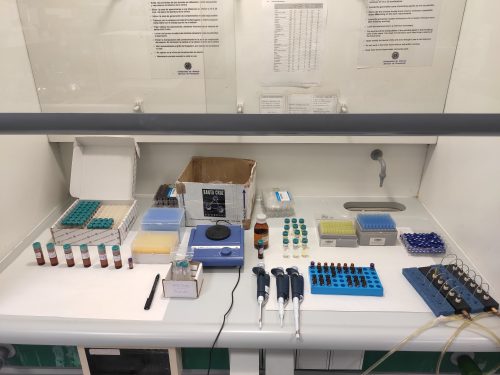written by Marco Pietropaoli, Giovanni Formato, INSIGNIA Consortium
For the INSIGNIA project (“Environmental monitoring of pesticide use through honey bees” PP-1-1-2018) (https://www.insignia-bee.eu) our laboratory in parallel with other project partners from Denmark (Danish Beekeepers Association), Netherlands (Stichting Wageningen Research) and Latvia (Latvian Beekeepers Association) is carrying out a small field trial to check the relation between colony size and forage activity in order to calculate the exposome.
How to count honey bees flying out of the hive? Thanks to Beecounters!
They are light plastic boxes with a micro-processor powered with a 12V current (Figure 1). Just put them at the hive entrance, power on and that’s it!














